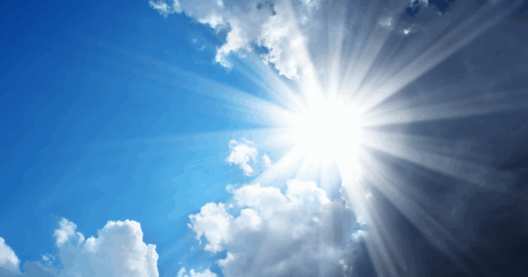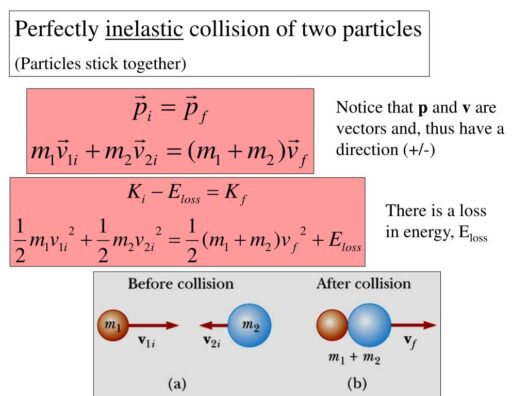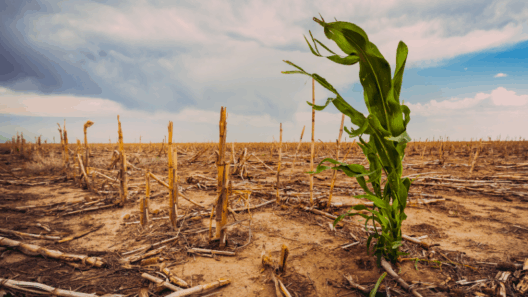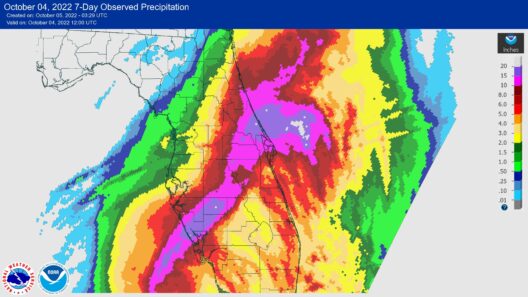As the climate continues to change, a salient question looms over meteorology and environmental science: Do tornadoes and hurricanes become more severe due to global warming? This inquiry encapsulates a multitude of aspects that go beyond mere wind speeds and rainfall; it probes into the intricacies of atmospheric dynamics, oceanic temperatures, and the overall health of our planet’s ecosystems. The scientific community primarily focuses on two types of powerful storms: tornadoes, rapidly rotating columns of air, and hurricanes, large storm systems with well-defined structures that form over warm ocean waters. Therefore, understanding the intersections of climate change and storm intensity is crucial in addressing the challenges posed by these formidable phenomena.
To begin, let’s delve into the essential mechanisms behind these storms. Tornadoes generally originate from severe thunderstorms, particularly in supercell formations. In contrast, hurricanes require warm sea surface temperatures and sophisticated atmospheric conditions to thrive. Global warming has catalyzed rising ocean temperatures, which can provide more energy to these cyclonic systems. Higher sea temperatures can exacerbate hurricane intensity, leading to more devastating storms. Furthermore, as the atmosphere warms, it can hold more moisture, resulting in heavier rainfall and a heightened risk of flooding associated with hurricanes.
Yet, hurricane intensity is not merely a product of warmer waters. It is also influenced by wind shear—the change in wind speed and direction with altitude. Increased instability in the atmosphere can lead to a precarious balance between the forces conducive to hurricane formation and those that thwart it. Thus, while there is evidence to suggest that global warming strengthens hurricanes, not all storms may experience the same fate. One might ask: if hurricanes are becoming more potent, is it possible that tornadoes, too, are experiencing an uptick in frequency and intensity?
The answer to this question is more complex. Tornadoes are less directly driven by sea temperatures; rather, they result from severe thunderstorms, which can be influenced by atmospheric changes. While climate change appears to have a negligible direct impact on the frequency of tornado occurrences, it does create a more unstable atmosphere conducive to the development of severe storms where tornadoes may form. Consequently, while it is prudent to hypothesize that tornadoes may not necessarily be “worsening,” their occurrence may become less predictable and more concentrated during peak seasons.
Nevertheless, the interrelationship between tornadoes and climate change prompts further contemplation. Are we witnessing shifts in the regions most affected by these phenomena? Historical data suggest that the “tornado alley” in the United States could be shifting northward due to changing climatic conditions. This reallocation could portend increased risks for populations that have traditionally been less exposed to tornadoes. Hence, adaptation strategies become paramount. Communities must prepare for an uncertain future, fortified not just against the storms of the past, but also emerging patterns that climate change may engender.
Beyond sheer intensity and frequency, another aspect of storm severity warrants attention: the aftermath. As both hurricanes and tornadoes wreak havoc on infrastructure and ecosystems, compounded by a warming climate, recovery becomes increasingly arduous. The financial burdens following such calamitous events can destabilize local economies, necessitating adequate preparation and more robust environmental policies aimed at resilience. These challenges raise a provocative question: how do communities balance immediate response efforts with long-term strategies to mitigate the impacts of climate-related disasters?
Moreover, the specter of climate migration grows ever more daunting. As certain regions become increasingly inhospitable due to hurricanes, tornadoes, and related disasters, populations may be compelled to relocate, leading to an influx of climate refugees. This demographic shift adds layers of social and economic complexity, provoking debates about resource allocation, housing, and integration. How do we anticipate these movements, and what role does climate policy play in addressing the displacement of communities vulnerable to worsening storms?
While scientists work to decipher these intricate connections, it is imperative to address the potential misinformation surrounding the topic. Despite the increasing consensus on the links between climate change and hurricane intensity, misunderstandings persist. Some equate atypically destructive storms with a definitive trend, when in fact, variances exist on an annual basis due to several factors, including natural climate variability. Therefore, clear communication from experts is essential not only to educate the public, but also to foster informed discussions within policy-making spheres.
In conclusion, the relationship between global warming and the severity of tornadoes and hurricanes is a multifaceted tapestry woven with both scientific inquiry and societal implications. While hurricanes are likely to intensify due to warmer seas, tornadoes may experience shifts in occurrence patterns rather than straightforward intensification. As the planet grapples with the realities of climate change, communities must prepare for unpredictable storm activity, engage in continuous learning, and adapt to an evolving landscape. With the stakes higher than ever, it is paramount that we advocate for proactive measures: robust environmental policies, infrastructure improvements, and proactive community engagement. Now more than ever, the question is not just whether tornadoes and hurricanes will worsen, but how we choose to respond to this pressing existential challenge.








